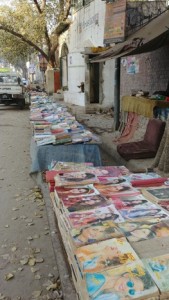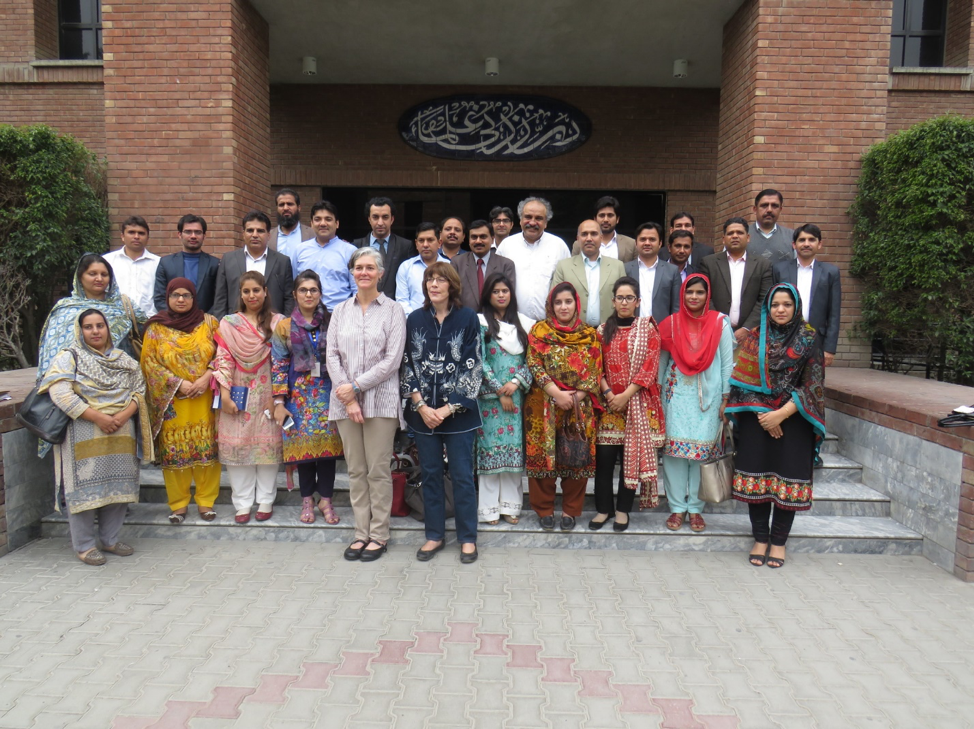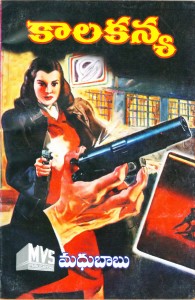 The mission of UT Libraries is to “advance teaching, fuel research and energize learning through expansive collections and digital content, innovative services, programs and partnerships to develop critical thinkers and global citizens that transforms lives.” In recent years, our mission is fulfilled through a number of ongoing thematic “Purposeful Pathways” and short-term focused “Current Priorities.” In this blogpost, I would like to highlight how my recent efforts in Pakistan demonstrate the realization of a number of our pathways and priorities, namely those related to collections of distinction, collaborative collection development programs, and visibility and impact in the global knowledge ecosystem.
The mission of UT Libraries is to “advance teaching, fuel research and energize learning through expansive collections and digital content, innovative services, programs and partnerships to develop critical thinkers and global citizens that transforms lives.” In recent years, our mission is fulfilled through a number of ongoing thematic “Purposeful Pathways” and short-term focused “Current Priorities.” In this blogpost, I would like to highlight how my recent efforts in Pakistan demonstrate the realization of a number of our pathways and priorities, namely those related to collections of distinction, collaborative collection development programs, and visibility and impact in the global knowledge ecosystem.

I have written before about UT’s maturing South Asian Popular and Pulp Fiction Collection, both in terms of its growth and in terms its relationship to the national distributed collection for South Asian Studies as supported through the South Asian Cooperative Collection Development Workshops. With my 2018 trip, I was able to expand the collection’s Pakistani imprints considerably. For a number of years, we have been working to establish UT’s collection of novels by Ibne Safi as one of, if not the, largest in the world. While in Pakistan, I was able to meet and work with Ali Kamran, the Managing Director of Sang-e-meel, one of our major vendors, to review and purchase both currently produced Ibne Safi titles as well as out-of-print editions–the former we were able to explore in his office itself, the latter we explored on foot in the second-hand markets of Lahore. I am excited to receive the new additions soon and to add them to our collection, including that which is represented online and described in a compelling new exhibit by UT iSchool student Nicole Marino.

While in Lahore, I partnered with my colleague from Cornell University Libraries, Dr. Bronwen Bledsoe, to co-lead a workshop for librarians. The 2-day workshop was sponsored by the Lahore University of Management Sciences (most commonly known as ‘LUMS’) and by the American Institute of Pakistan Studies (known as ‘AIPS,’). Entitled “Exploring Library Cooperation,” the workshop focused on themes of how to identify opportunities for and strategies to work across institutions to improve access to resources and services.

Approximately 30 librarians from across Lahore attended, including those from LUMS, Punjab University, Government College University, Kinnaird College for Women, and the Government of Punjab Research Wing. While our opportunities for collaboration here in the U.S. are deeply embedded in our ongoing work (not only efforts such as the South Asia Cooperative Collection Development Workshops noted above but also structural support such as our robust InterLibrary Services), it was clear from our workshop that our colleagues in Lahore are also interested in working together. For example, they shared details of their work to more fully describe and digitize their collections, to collectively petition funding agencies to advance their missions, and to continue developing professional networks and strategies for the common good. I was impressed and inspired by their commitment and enthusiasm and am looking forward to growing these newly formed professional relationships long into the future.
UTL’s Director, Lorraine Haricombe, often cites this maxim: “Working alone, I can go fast, but working together, we can go farther.” I am excited and committed to continuing to work in cooperative ways and have already seen how far it can take us—at least halfway around the world!












